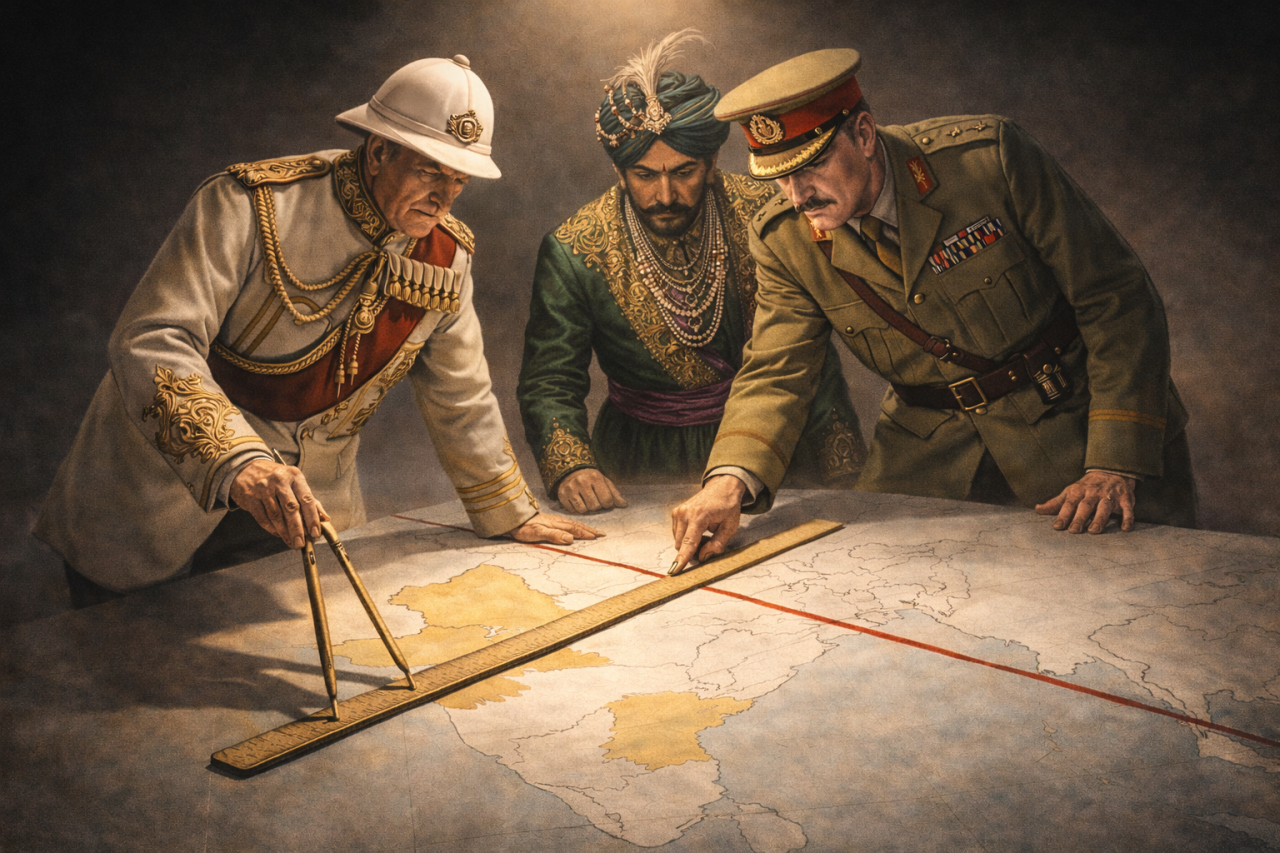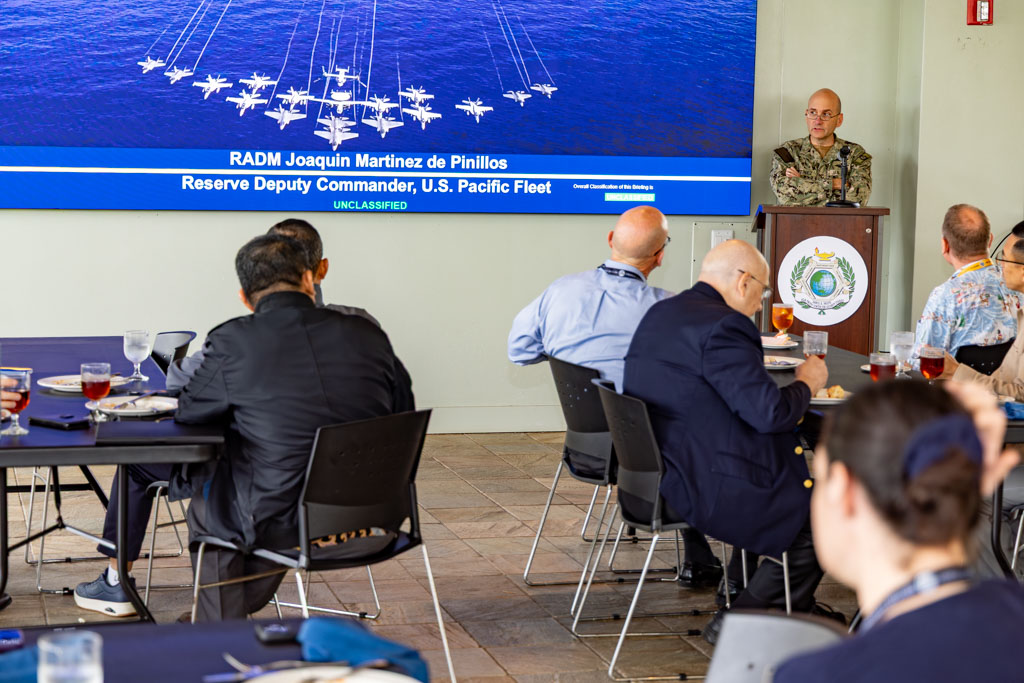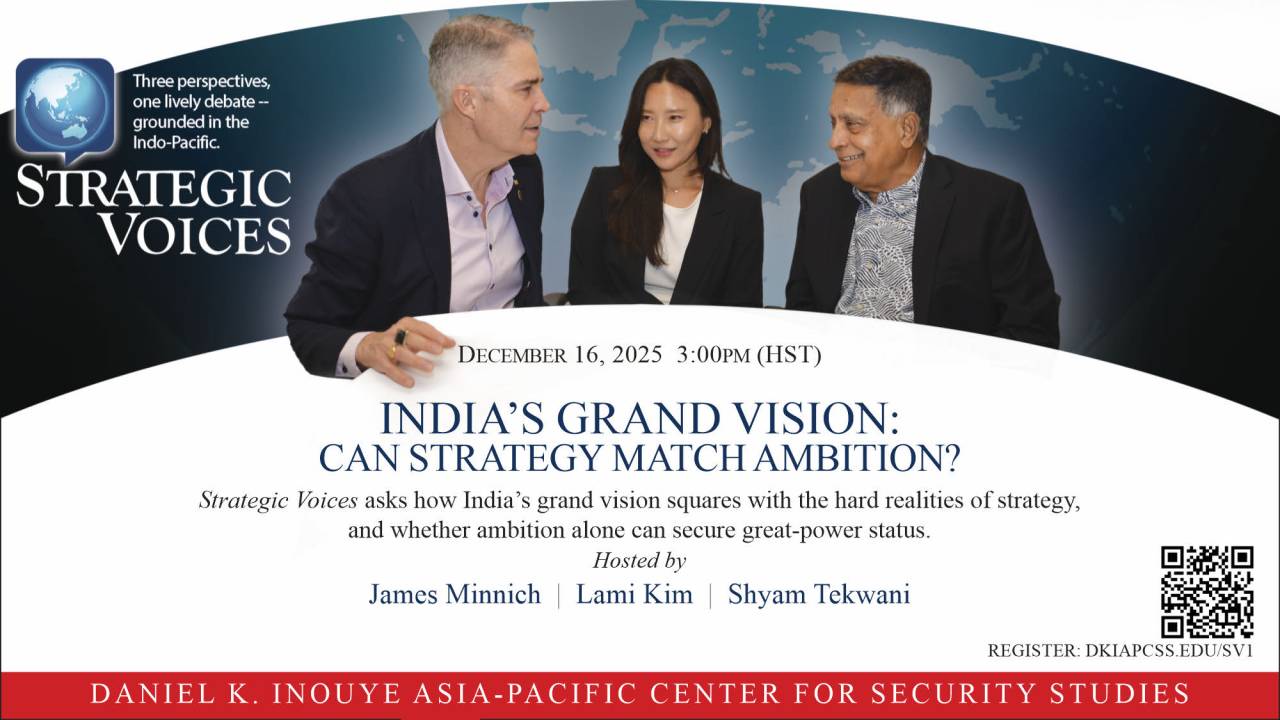By Dr. James M. Minnich
HONOLULU – (July 17, 2025) In today’s contested Indo-Pacific, China’s People’s Liberation Army (PLA) is no longer simply modernizing—it is transforming. Guided by artificial intelligence, automation, and top-down political control, the PLA’s strategic shift toward “intelligentization” reflects Beijing’s bold ambition to field a “world-class military” by 2049. In Episode 47 of Dialogue, I sat down with Elsa B. Kania—respected expert on China’s military innovation—to examine how this transformation may shape the future of war.
Command at Machine Speed
At the heart of this transformation is a high-tech revolution in command and control. The PLA is embedding cloud-based networks, theater-wide data fusion, and AI-enabled decision systems to dramatically compress the OODA loop—observe, orient, decide, and act.
“The PLA has consistently pursued advances in information technologies, recognizing information as an ever more critical element of warfare,” Kania noted. “We’ve seen a dramatic transformation, moving from basic computing to today’s AI-enabled decision support systems and complex network information systems.”
This evolution reflects decades of sustained investment, beginning with rudimentary “command automation” efforts in the 1970s to today’s sophisticated AI-integrated C5ISR networks.
Building a Joint Force
Since its 2016 reforms, the PLA has pushed to unify land, sea, air, cyber, and space forces under unified joint theater commands. These were once wartime constructs, but now operate full-time in peacetime.
“They’ve taken the theater command or war zone, which was once a wartime command structure, and made it a fully standing, quite functional organization in peacetime,” Kania explained, “with joint operations, command centers that are manned, and real integration across training for both peacetime and wartime contingencies.”
She pointed to Taiwan-related pressure operations as evidence of the PLA’s growing proficiency. Yet friction remains. The PLA still struggles with cultivating a truly joint cadre, and legacy stovepipes persist. Still, Kania emphasized the strategic shift: “They’re taking what had once been only extant in wartime into a more routine construct.”
AI on the Battlefield
For Chinese strategists, “intelligentized warfare”—powered by AI, autonomy, machine learning, and big data—represents the next evolution beyond “informationized” conflict.
“Some of the near-term, pragmatic applications of AI tools are in intelligence—faster processing of massive amounts of data that enables ISR capabilities and the kill chain to function faster and with greater automation,” said Kania.
Edge processing—analyzing data at the point of collection—is already in use. Chinese firms advertise AI-enabled space systems that rapidly process spatial intelligence. In addition to ISR, AI tools are being tested for operational planning, target pairing, and generating courses of action in command decision support.
Disruptive Technologies at Scale
China’s military is investing heavily in leapfrog technologies such as quantum sensing, hypersonic glide vehicles, and autonomous swarms—systems designed to erode traditional U.S. advantages.
“The PLA’s ability to manufacture at scale and start to operationalize unmanned systems is significant,” Kania stated. “Their interest in swarm intelligence is real.”
She warned of China’s vast industrial capacity for drone production and suggested, “the balance may be tilting in China’s favor” in this domain due to the sheer scale of their adoption of unmanned systems and autonomy across all services.
Offset Thinking, Real-World Limits
The PLA’s offset strategy focuses on exploiting asymmetries to deter U.S. power projection. Rather than chasing parity, China is placing targeted bets on disruptive technologies to impose costs and complicate U.S. planning.
“They’ve shown a flexible, opportunistic willingness to invest in capabilities that might delay or deter U.S. operations in the region over time,” Kania said. “It’s a diversified portfolio of military R&D—sustained across leadership transitions.”
Still, she urged caution. Much of what is reported in open-source materials is aspirational. “We have to strike a balance,” Kania advised. “There’s hype, yes—but also real progress. The truth is somewhere in the middle, and it varies by domain, technology, and capability.”
Crisis, Surprise, and Xi’s Finger on the Button
China’s command system shows resilience in some areas, but centralized decision-making remains a potential vulnerability.
“Technically, the PLA has robust ground-based communications and space-based backups,” Kania said. “But when it comes to strategic decision-making, the buck stops with Xi Jinping.”
She warned that centralization could become a bottleneck in a complex, multi-theater crisis, especially under time pressure.
Strategic surprise is another concern. Kania pointed to reports of Chinese cyberspace operators infiltrating U.S. civilian and military networks—like the Volt Typhoon campaign—as a wake-up call.
“Chinese strategists increasingly view cyber as a domain where the boundary between the frontline and the homefront is dissolving,” she said, urging, “A more coordinated, whole-of-society resilience posture” in the United States.
Quantum computing and biotechnology were also flagged as areas of disruptive potential.
Fusing Innovation and Force
The PLA’s Military-Civil Fusion (MCF) strategy is designed to harness China’s vast civilian tech ecosystem for military advantage.
“This is an attempt to solve a practical problem—how to leverage commercial technologies at scale,” Kania explained.
This strategy has fostered “greater attempts and greater success in enabling new startups and emerging enterprises to sell to the PLA,” leading to “the creation of a more integrated overall ecosystem.”
MCF initiatives have enabled more startups to break into the defense sector, creating a more integrated innovation ecosystem that connects university labs, state-owned firms, and military users.
Conclusion
As Kania emphasized, China’s military transformation is not simply about weapons or hardware. It is a systemic reengineering of how wars will be fought—from cloud-based command centers and unmanned swarms to quantum sensors and strategic deception.
The PLA is not just preparing for the wars of tomorrow. It is trying to shape what tomorrow’s wars will be.
Further Reading
For a deeper exploration of China’s deterrence posture in the information age, Kania recommends: Fiona S. Cunningham, Under the Nuclear Shadow: China’s Information-Age Weapons in International Security.









Leave A Comment